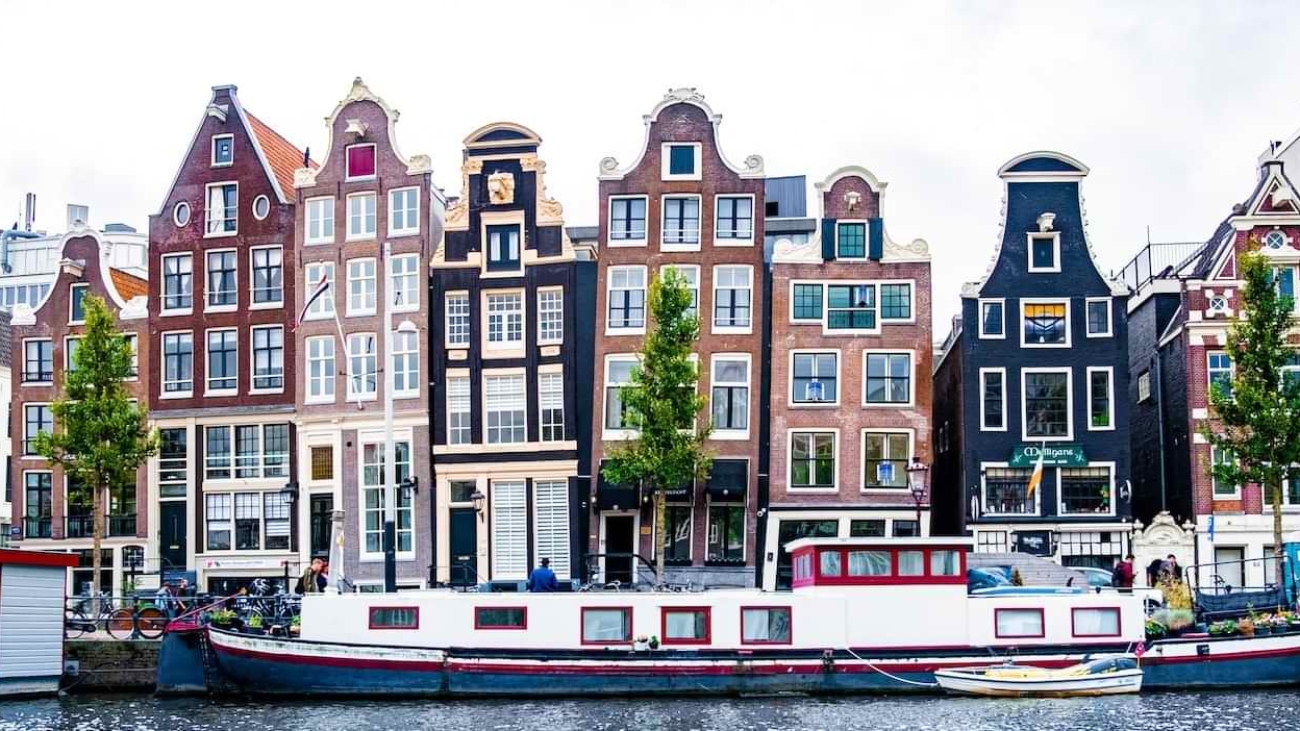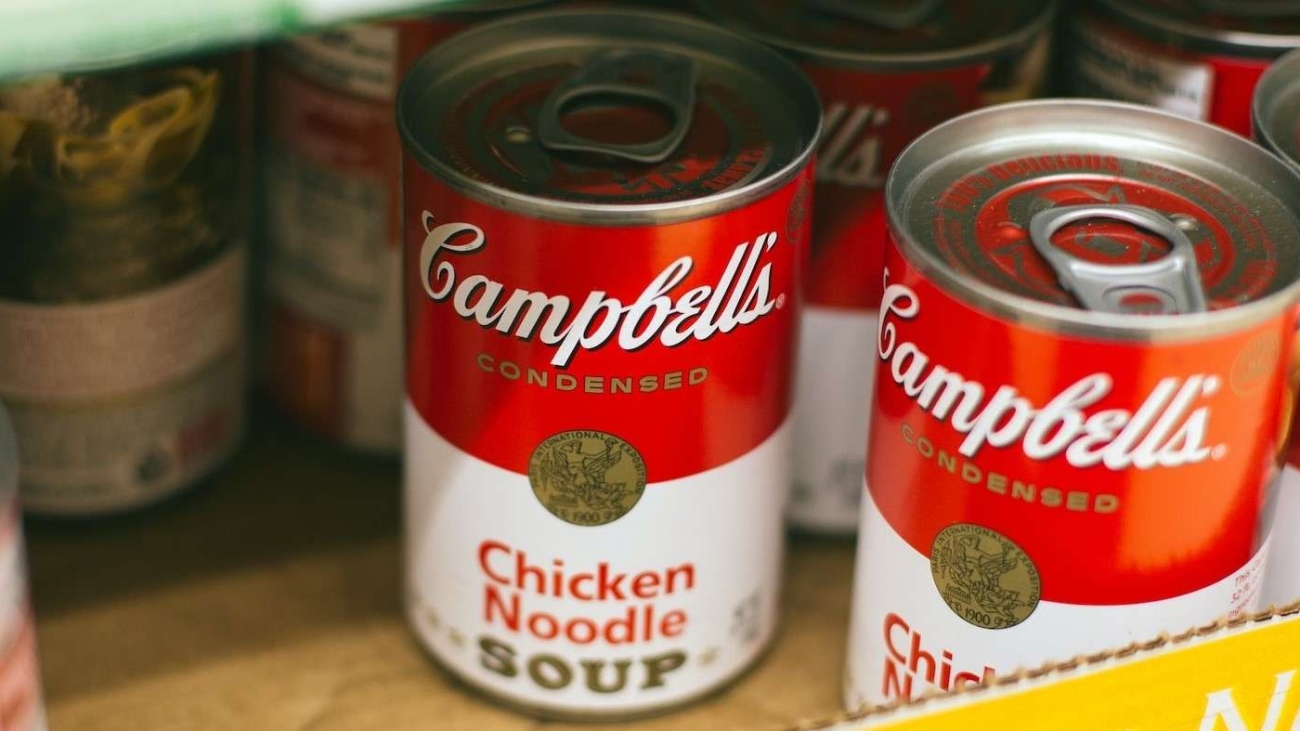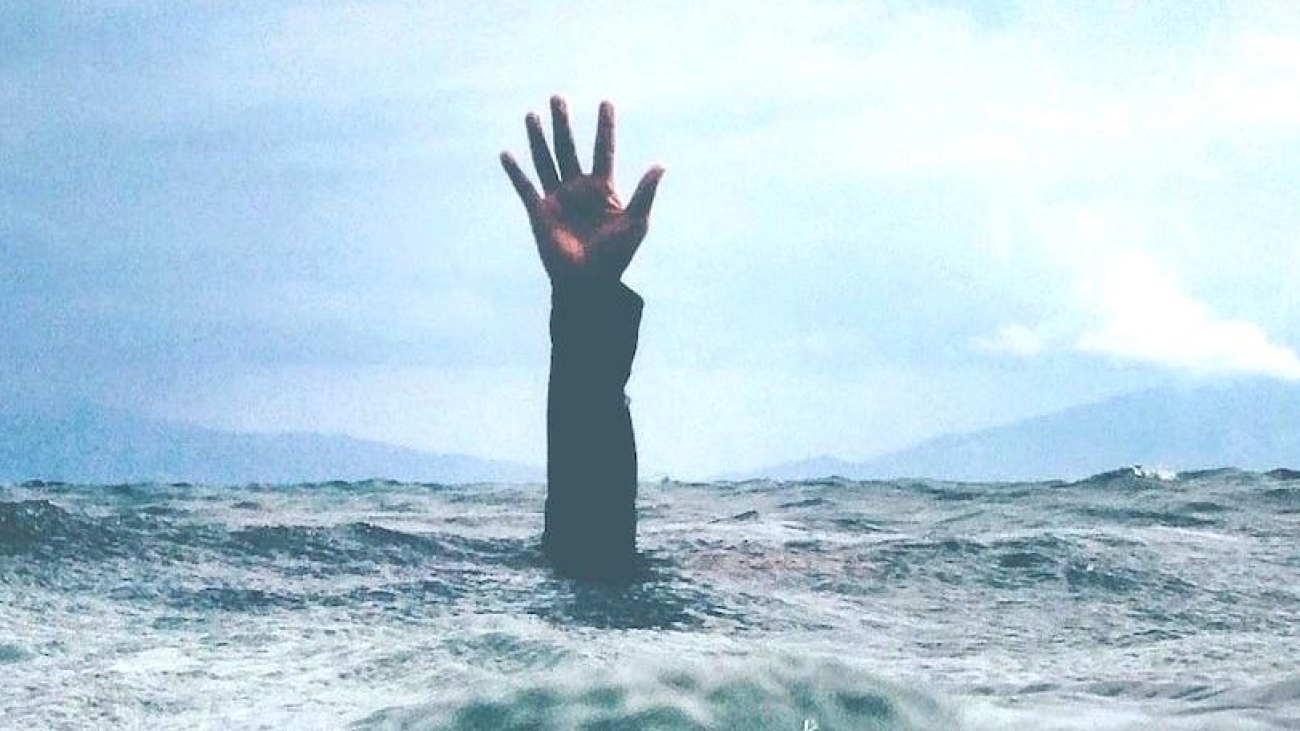Annelies “Anne” Marie Frank was born in Frankfurt, Germany in 1929. When she was four and a half, her family moved to Amsterdam, Netherlands, after the Nazi Party gained control of Germany. By May 1940 the Frank family, being of Jewish origin, were trapped in Amsterdam by the German occupation of the Netherlands. So, they decided to hide from them. She kept a diary in which she documented everyday life in hiding under Nazi occupation. She is one of the most-discussed Jewish victims of the Holocaust. She gained fame posthumously when in 1947 her father, Otto Frank – the only surviving member of the family, had published a book called The Diary of a Young Girl.
>In 1954 Barbro Karlén (later Barbro Ask-Upmark) was born in Sweden. At about the age of three years Barbro told her parents that her name was in fact Anne Frank. Although well known, her parents did not know who Anne Frank was. She went so far as to say that she would not call her parents mum and dad as they were not her real parents. She also told her mother that her real parents would soon be coming to take her home. Confused her parent concluded this that just the fantasies of a young girl.
Soon after, Barbro began to have nightmares. She would describe men running up the stairs kicking in the door and finding her hiding. She also developed a phobia of men in uniforms. At this point her parents were concerned enough about her mental health that they had her examined by a psychiatrist. This made Barbro realised that it was a bad idea to talk about the past life she lived as Anne Frank as she didn’t want others to think she was crazy. She couldn’t understand why people became uncomfortable and tense when she talked about her memories.
At around the age of eight her teacher began talking about Anne Frank in her class at school. She couldn’t understand how her teacher could possibly know anything about Anne Frank because she was Anne Frank. It was only now that she began to understand that Anne Frank was a well-known person.
At the age of ten her parents took her on holiday in Europe and visited Amsterdam. Wanting to visit the Anne Frank Museum, Barbro’s father was about to call a taxi but she told him that he didn’t need to as it was within walking distance. And within ten minutes they were outside the museum.
While there Barbro was able to identify that the main staircase had changed. She also had a strong physical and emotional reaction as they looked at the family’s hiding place. While looking at one of the walls, Barbro had said, “Look the pictures of the film stars are still there”. But her mother could only see a blank wall. Confused, her mother asked a guide whether this wall at one time had pictures on it. The guide told her that there were pictures but they had been taken down so that they can be protected and preserved.
Like Anne, Barbro was a child prodigy writer. Her first book of poetry and essays was published when she was just twelve years old and remains popular in Sweden to this day. By the time she was sixteen she had published eleven books.
Barbro also recounted being introduced to the actor Buddy Elias, Anne Frank’s first cousin and last living relative, by her publisher. Neither were told who they were about to meet, and they recognised each other immediately. He supported her claim despite harsh criticism, and the two remained close. In an autobiographical work, ‘And the Wolves Howled’, Barbro tells the story of the visit Amsterdam as a child with her family.
I am an award winning Past Life Regression specialist. If this is something you are interested in then contact me.






